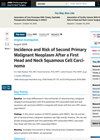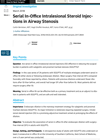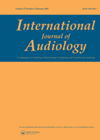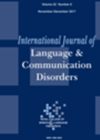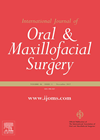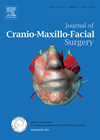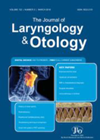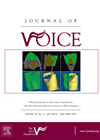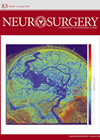
Journal Reviews archive for 2018
Risk of second primary cancer among patients with head and neck cancers
Patients with head and neck squamous cell carcinoma (HNSCC) have an elevated risk of developing a second primary malignant neoplasm (SPMN). These are of increasing concern because the number of survivors of HNSCC has been growing owing to early detection...
Office-based intralesional corticosteroids injections for subglottic stenosis. Is it effective?
Subglottic and proximal tracheal stenosis in adults has three main aetiologies: (a) prolonged endotracheal intubation; (b) idiopathic; (C) rheumatologic related. Endoscopic dilation is the mainstay treatment strategy for subglottic and proximal tracheal stenosis. Its major limitation is restenosis requiring repeated...
Internet-based aural rehabilitation (IAR)
Rapid information technology development allows use of the internet in several areas. It is therefore not surprising that online rehabilitation programmes attract a large interest of researchers worldwide. This study aimed to analyse what participants’ experiences of IAR are. The...
Speech perception in the ageing population
Speech perception can present a challenge as we grow older. One of the factors responsible is, of course, hearing loss. Now research indicates that other non-auditory factors like cognitive decline may also contribute to difficulties in understanding speech. The authors...
Improving palliative care training for speech pathologists
There has been a steady increase in the number of people with swallowing, communication and cognitive disorders requiring palliative care. They require specialised, and complex care. This study tries to find out whether speech language pathologists are adequately trained to...
When to treat a fractured mandible?
This is a prospective study from Brisbane of 215 patients with a total of 359 fractures of the mandible. Nine outcome variables were analysed with a further 19 included to adjust for potential confounding. Treatment delay was found not to...
Delirium post-op
This is a retrospective study from Japan analysing 102 patients who underwent oral cancer resection and free flap reconstruction. Postoperative delirium occurred in a third of these patients. An increased risk was identified in those with high preoperative albumin, postoperative...
Modified subciliary approach to the orbital floor
Fractures involving the lateral midface and orbital floor are routinely treated by maxillofacial surgeons. The surgical management requires access to the facial skeleton to reposition and free the soft tissues. There are three main approaches to the orbital floor: infraorbital;...
A review of significant issues in the management of obstructive sleep apnoea in children
There are considerable variations in the management of obstructive sleep apnoea in children and this suggests a need for more research and evidence-based information. In this review article, the authors address four key issues. Literature compares tonsillectomy with tonsillotomy, the...
Is a chest x-ray necessary in making urgent referrals for suspected head and neck cancer?
The article presents an audit on urgent referrals for suspected head and neck cancer in 2144 patients. Only 8.6% of cases proved positive for head and neck cancer. The Scottish Referral Guidelines were adhered only in 55.1% of cases. Interestingly,...
Gardasil vaccination for laryngeal RRP – an update
This paper reports the results of a follow-up study investigating the possible role of adjuvant Gardasil vaccination in patients with recurrent laryngeal papillomatosis. The preceding study – also published in the Journal of Voice (2017) – reported the changes in...
QOL studies for anterior skull base surgeries
The Anterior Skull Base Nasal Inventory-12 (ASK Nasal-12) is a standard tool for assessment of quality of life (QOL) in patients who have undergone endonasal transsphenoidal surgery. As nasal trauma and rhinological complications following endonasal transsphenoidal surgery can influence QOL,...

